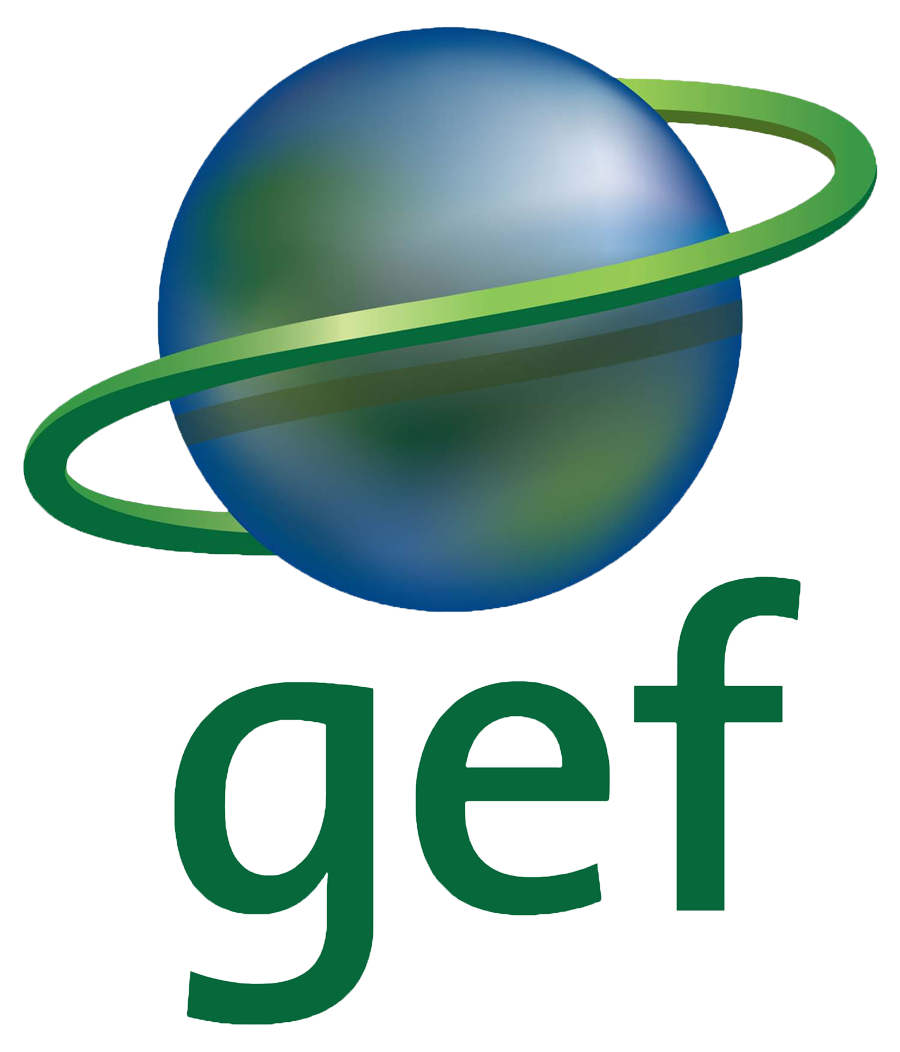Background & Situation Menu
Status and Trends in Fisheries and their Habitats Threats, root causes and barrier analysis Institutional, sectoral and policy context Stakeholder mapping and analysis Baseline analysis and gaps Known Areas of Critical Significance to the Life-Cycles of Fisheries Resources Priority Fisheries Refugia Areas




Establishment of Fisheries Refugia in Thailand:
Background and Situation Analysis to Support
Baseline analysis and gaps
The experience of Thailand with a lack of compliance with no-take ‘MPAs’ was the entry point to efforts to improve the basis for integrated fish stock and habitat management in Thailand. Particularly this experience laid stress on the importance of focusing on the concepts of sustainable use and fishery-critical habitat linkages in communicating with government officials and coastal fishing communities in Thailand about spatial fisheries management tools. It was noted by the National Fisheries Committee that these are more easily understood and likely accepted at the fisheries community level than either the science of no-take areas or the concept of biodiversity and its conservation. Activities of the fisheries component of the UNEP/GEF South China Sea project in Thailand resulted in consensus among target fishing communities on the suitability of the fisheries refugia approach in addressing barriers to the integration of fisheries and habitat management at selected priority locations.
Stakeholder consultations involving representatives from local government units, regional government agencies, law enforcers, fisherfolk organization, non-governmental organizations, and national fisheries committee members have been undertaken and resulted in: the identification of goals and objectives for the priority refugia sites identified above; and a high level of stakeholder support for the establishment of the refugia approach in Thailand. The latter is evidenced by the incorporation of the fisheries refugia concept as a priority tool for improved fisheries habitat management in Thailand’s Marine Fisheries Master Plan.
Key gaps that have been identified include needs for:
Enhanced national coordination mechanism to accommodate overarching responsibility for the establishment of national fisheries refugia;
Strengthened enabling environment for the formal designation and operational management of fisheries refugia;
Improved national and site-level science and information base to support evidence-based planning and operational management; and
Development of practical experience in the designation and management of fisheries refugia sites
Concerning fishery and coastal resource protection and conservation, the main NGOs working in these areas are the Volunteer for Society Fund, Lae Tai Project, Southern Small-Scale Fisheries Association, Yad Fon Association, and Wildlife Fund Thailand. Acting as the supporting and facilitating organizations in various mechanisms, financially and/or academically, there are various NGOs and POs working in association with them. The programs can be implemented as sub-projects in which the above key NGOs are the executing agencies. There are also various businesses and private organisations working directly with collective activities, and indirectly through provision of financial support. Private organizations dealing with coral reefs include the Siam Diving Association, the Thai Diver Company, and other local business groups. Their activities are conducted along Thailand’s coasts, often in collaboration with the Tourism Authority of Thailand, National Park officers from the Royal Forestry Department, and local academic institutions